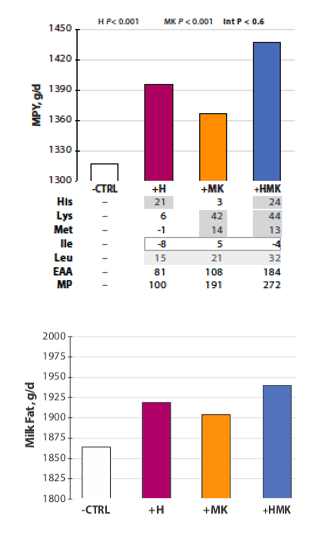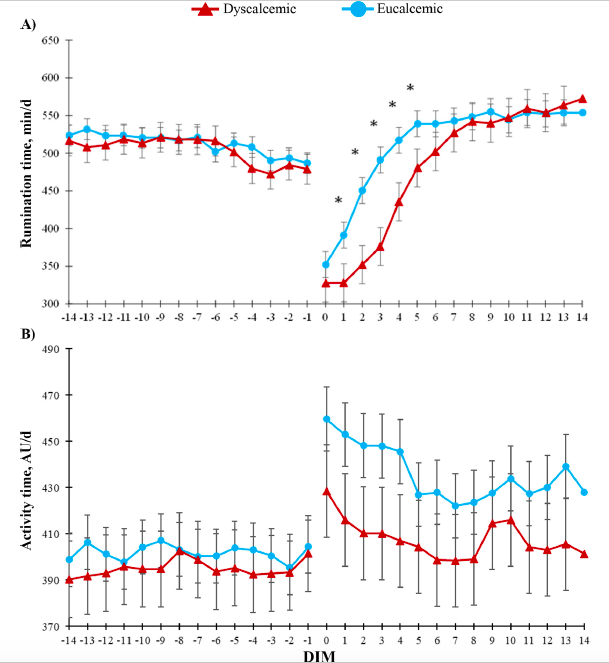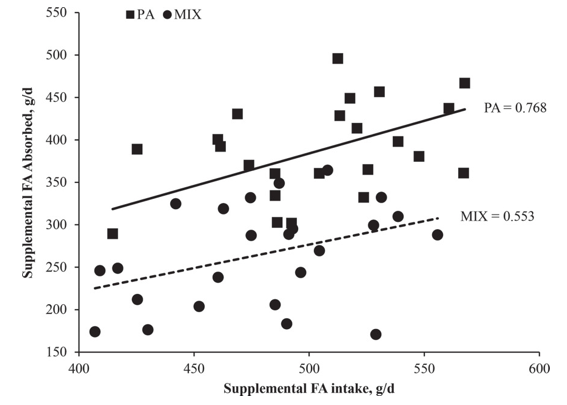2024’s Top Research Notes
Dairy nutrition consultants in Ohio, Michigan, Indiana and several neighboring states have voted with their clicks, identifying last year’s most popular Research Notes.
Here are their Top 5 choices in 2024, looking ahead to dairy diet design and formulation decisions in 2025.

Fully Balanced AA for Milk Protein & Fat
The University of Wisconsin’s Dr. Sebastian Arriola Apelo highlights recent studies confirming that in addition to methionine (M in charts) and lysine (K), balancing for histidine (H) provides independent, additive increases in milk protein with comparable effects on milk fat. In low-starch diets, fully balanced AA supplementation also can help reduce nitrogen excretion.

Rumination Time for Very Early ID of Cows at Risk
Rumination time (RT) correlates with good cow health and performance, notes the University of New Hampshire’s Dr. Claira Seely. Today, data from “cow-side” precision technologies like ear or neck loggers can help predict health and performance at the individual, group, and herd level. Low RT at four days-in-milk (DIM) points to possible subclinical hypocalcemia.

Certain feed additives can help reduce the risk of SARA (sub-acute ruminal acidosis) from feeding higher starch diets. However, before using any rumen modifier, Ohio State’s Dr. Jeffrey Firkins cautions: “Know the farm’s forage, feed management procedures, and feeding behavior. Be ready to balance the ration for starch fermentability, which can be affected by grain processing.”

More Precision at the “Crest of Cost”
The “crest of cost” of fatty acid (FA) supplementation spans mid-lactation with peak milk and milk fat production. Greater precision in balancing mid-lactation supplemental FA can offer both cost-benefit and production advantages, says Michigan State’s Dr. Adam Lock. Studies show supplements higher in C16:0 and lowest in C18:0 improve milk yield and milk fat concentration the most.

Timing Key for Supplementing 25(OH)D3
Simply increasing dietary vitamin D3 to mitigate transition hypocalcemia does not increase the critical active metabolite 1,25-dihyroxyvitamin D (1,25[OH]2D3). “Adding 25(OH)D3 to closeup diets does not reduce risk of immediate postpartum hypocalcemia,” says the University of Florida’s Dr. Corwin Nelson “but it does help restore calcium faster, thereby reducing the occurrence of delayed and chronic subclinical hypocalcemia.”
Resources for Dairy Producers
Find research updates and technical information available to dairy producers and others in our public Resources.
Questions?
Email FeedInsight 4U

